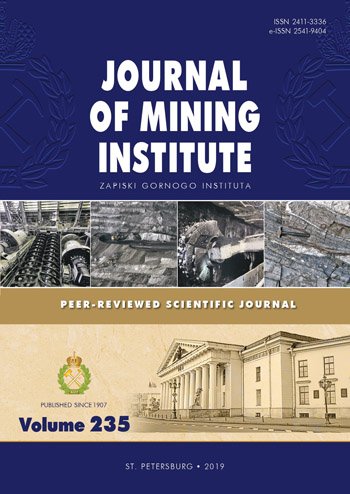Justification of the technological parameters choice for well drilling by rotary steerable systems
- 1 — Ph.D., Dr.Sci. rector Saint Petersburg Mining University ▪ Orcid ▪ Elibrary ▪ Scopus ▪ ResearcherID
- 2 — Ph.D., Dr.Sci. professor Saint-Petersburg Mining University
Abstract
Paper presents the analysis of the investigation results of vibrational accelerations and beating amplitudes of the downhole drilling motor, which help to define the ranges of optimum energy characteristics of the gerotor mechanism, ensuring its stable operation. Dependencies describing the operation of the «drilling bit – rotary steerable system with power screw section – drilling string» system and the values of the self-oscillation boundaries and the onset of system resonance when it is used jointly, were defined as a result of computational and full-scale experimental research. A mathematical model is proposed, which allows determining the optimal range of technological parameters for well drilling, reducing the extreme vibration accelerations of the bottomhole assembly by controlling the torque-power and frequency characteristics of the drilling string, taking into account the energy characteristics of the power screw section of the rotary steerable system. Recommendations on the choice of drilling mode parameters were given.
